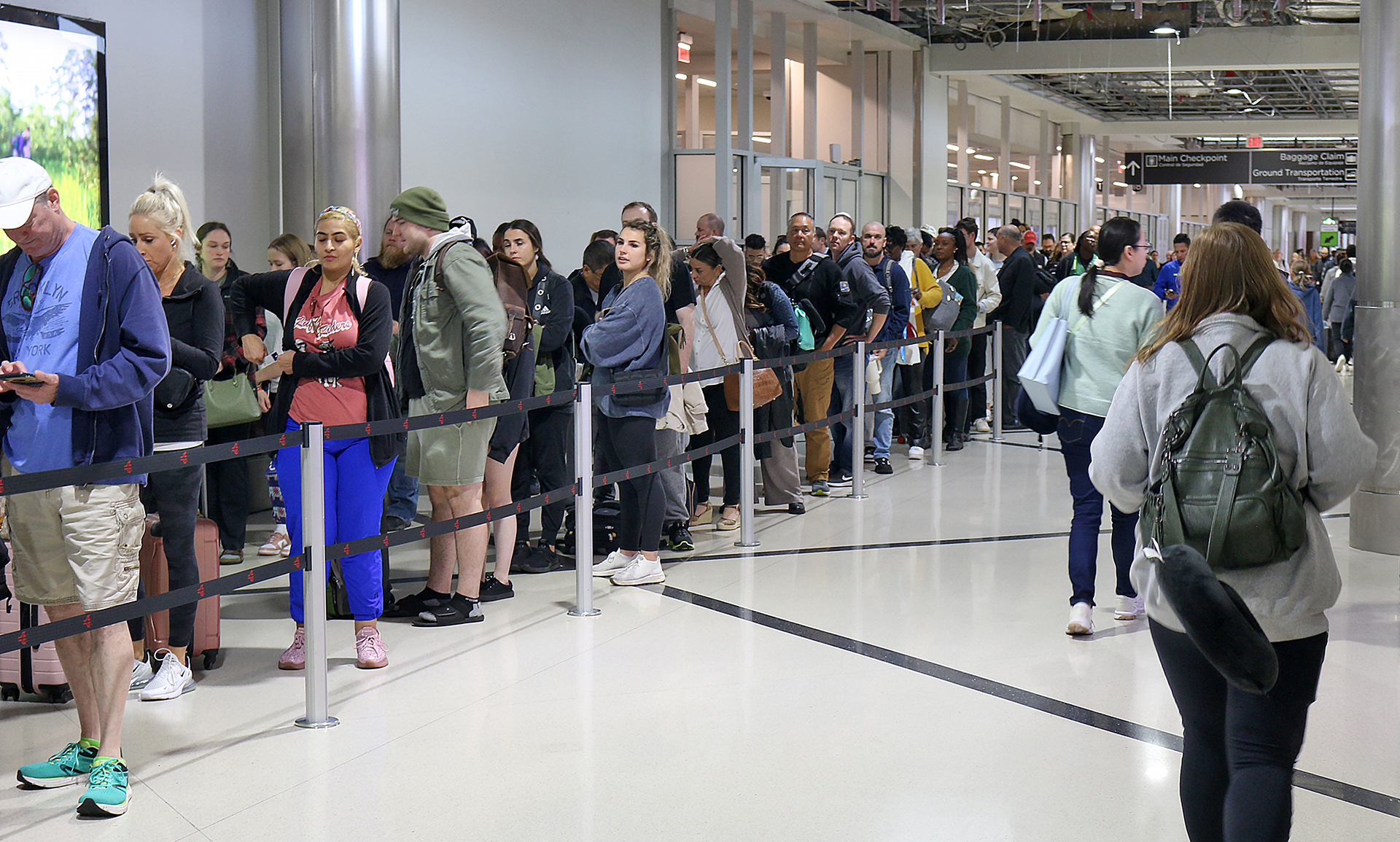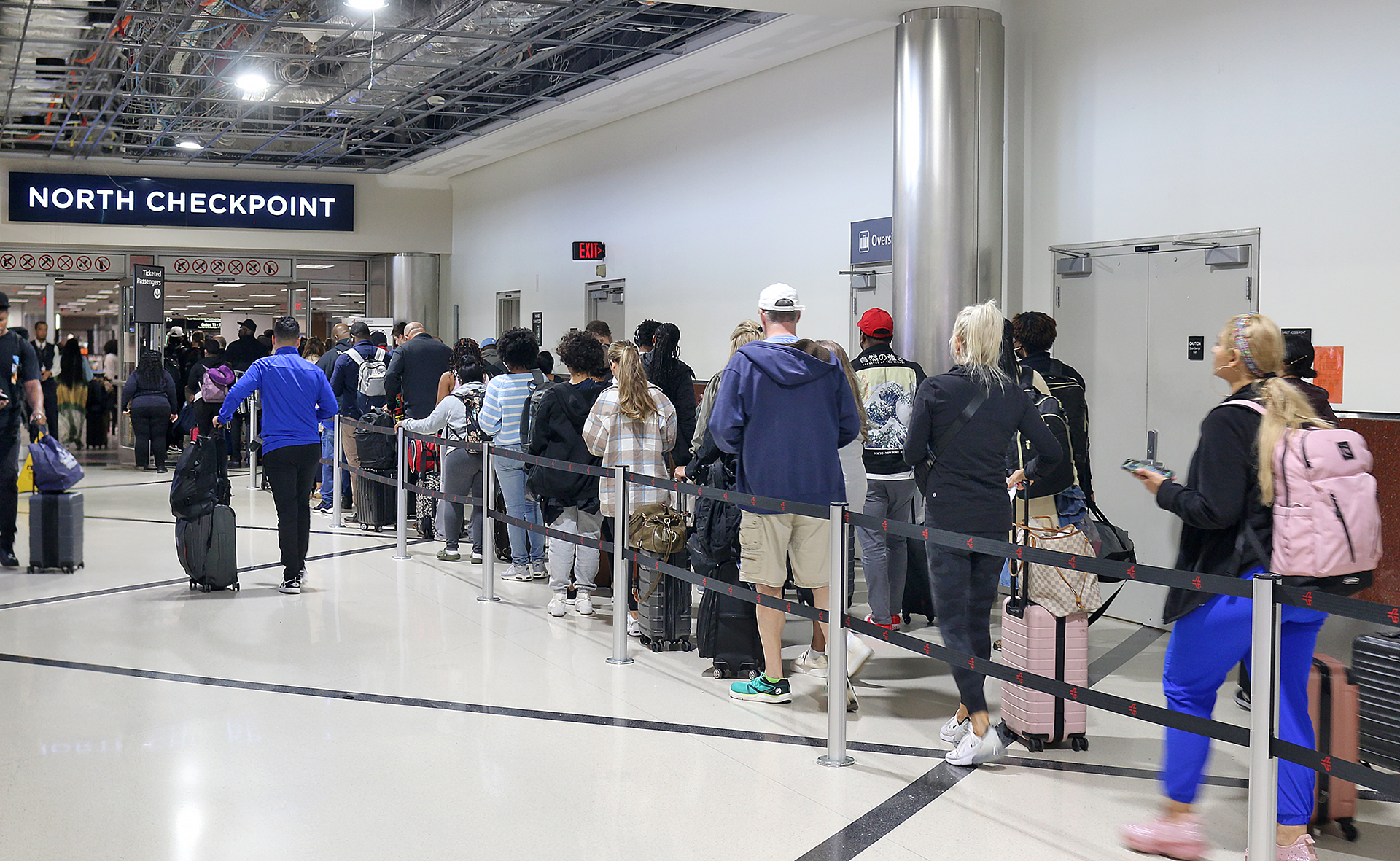Self service screening begins at this airport in January 2024 and will be coming to the checkpoints at more airports around the country as part of the Screening at Speed Program of the Science and Technology Directorate of the Department of Homeland Security of the United States.
Self Service Screening Begins at This Airport in January 2024

The airport in question that will be the first to offer self service screening as part of the pilot program is the one which serves the greater Las Vegas metropolitan area. Although the screening technology that was developed by Vanderlande Industries Incorporated of Marietta in Georgia will be in use, a total of four contracts have been awarded by the Science and Technology Directorate to three different companies.
Each station will include a video monitor with instructions; and a help button that connects to a live agent of the Transportation Security Administration for assistance as needed. This prototype also includes a screening portal with automated entry and exit doors. If a passenger does not pass initial screening due to an item left in his or her pocket or similar issue, the entry door reopens so passengers can remove items before being screened again in the passenger portal. After travelers successfully pass screening, the automatic exit door will open and usher them out to gather their personal belongings so that they may head to the gates to board airplanes for their flights.
The Screening at Speed Program is part of the pursuit of transformative research and development activities that support the future vision of increasing security effectiveness from curb to gate while simultaneously dramatically reducing wait times and improving the passenger experience. Passengers who are already enrolled in the TSA Pre✓ program will be allowed to complete the screening process with minimal to no assistance from agents of the Transportation Security Administration.
Members of the team at both the Screening at Speed Program and its Transportation Security Laboratory have partnered with the Innovation Task Force of the Transportation Security Administration to develop and test solutions to build the foundation for the next generation of screening passengers at airports in the United States. Coordination between national labs, academia, and industry is being done to minimize risk — as well as the facilitation of developmental testing and evaluation at government sites such as the Transportation Security Laboratory.
The goal is to allow each lane of a security checkpoint at an airport to screen as many as 300 passengers per hour while allowing those passengers to not be required to remove their laptop computers from their cases or their coats and shoes.
This initiative will purportedly reduce the number of “pat downs” of passengers at airport security checkpoints — but despite the self-service aspect of this program, a “stable number” of agents of the Transportation Security Administration will be kept.
Final Boarding Call

Assuming that the Screening at Speed Program becomes a success, I do not expect it to be available to all passengers simply because that would endanger a lucrative income stream for the Transportation Security Administration — namely, the TSA Pre✓ program.
Even though passengers may be permitted to leave liquids remaining in their baggage, will the new technology address the hopefully eventual elimination of the ridiculous mandates on transporting liquids?
Furthermore, will any of the new technology be used for passengers who enter the United States from other countries?
Will this technology eventually reduce the workforce of the Transportation Security Administration, whose initials are humorously mocked as “Thousands Standing Around”?
How much is all of this technology going to cost in total — and who is paying for it?
I have so many questions — and I am sure you do as well. Please post them in the Comments section below.
Thank you…
All photographs ©2016 and ©2023 by Brian Cohen.
